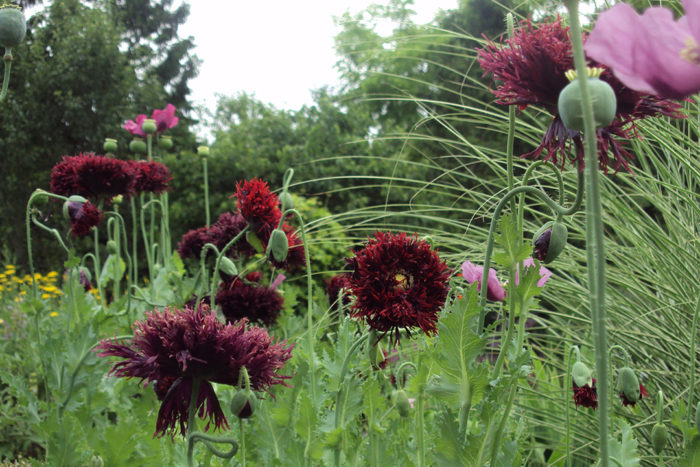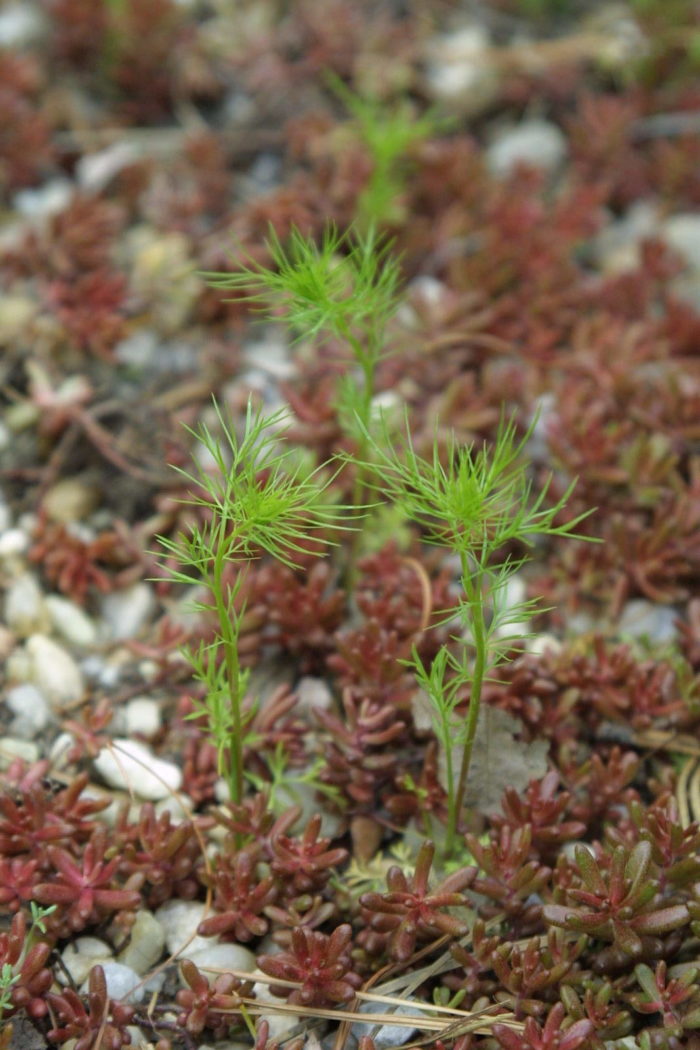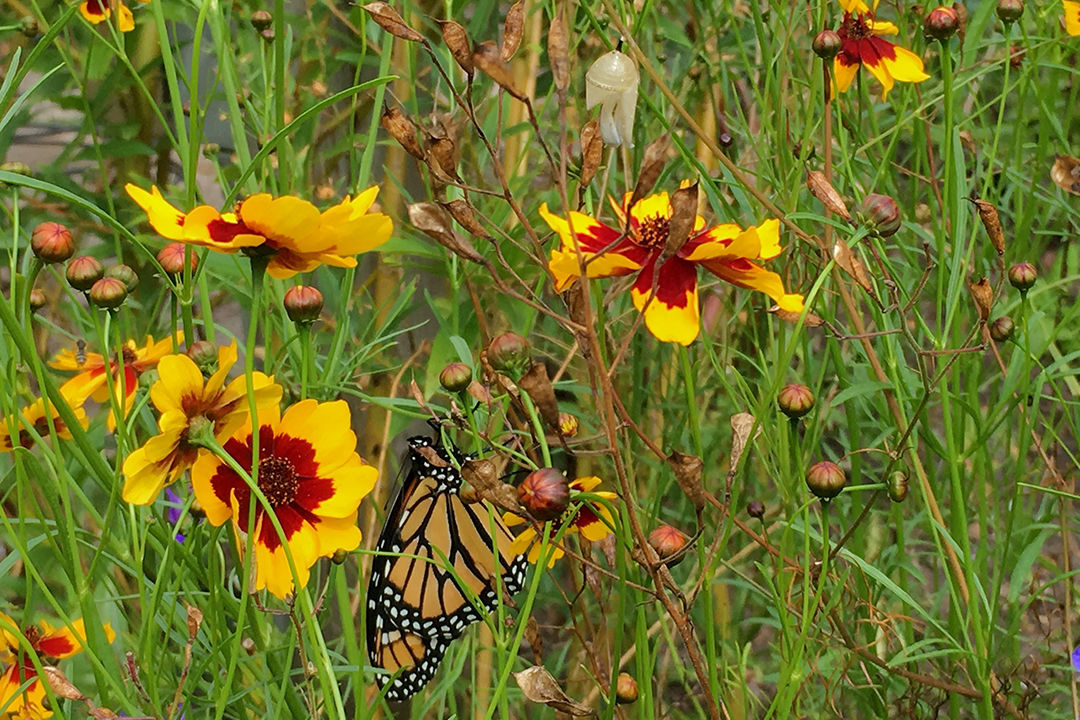Great Self-Seeding Annuals
These self-seeders thrive in your hottest, sunniest locations

The spontaneous charm of self-seeding annuals has a place in every garden. A seed packet, purchased once and direct sown, multiplies over the years as seeds falling to the ground sprout the next spring. Transported by wind, rain, or animals, seeds settle into unexpected places, growing into plants that light up and soften troublesome spots such as paving cracks and edges of retaining walls. Fascinating plant combinations occur when their colorful flowers appear in novel locations, and seeds saved from last fall provide a quick fix for places where perennials have died over winter or bulb foliage is dying down. Rake seeds shallowly into prepared soil in early spring, and thin seedlings as colonies become denser over the years. Don’t baby them—these self-seeders thrive in your hottest, sunniest locations—just appreciate their surprises and versatility for years to come. The following are a few of my favorite serendipitous self-sowers.

Love-in-a-mist
Known by the sweet common name love-in-a-mist (Nigella spp. and cvs.), this annual is good for beginners because its frilly, gray-green foliage is easy to identify even at the seedling stage—meaning you won’t accidentally weed it out in early spring. The white or pastel cool-colored flowers bloom from May through June; I love the variety ‘African Bride’, a pearly white variety with dark purple anthers. Love-in-a-mist is great for cutting, both for its flowers and for the stripy, balloon-like purple and green seedpods that follow.
Breadseed poppy
Breadseed poppies (Papaver somniferum) in saturated colors are a personal favorite, for suddenly arresting attention in areas where they’ve landed by surprise. Their glaucous soft green foliage complements deeper greens nearby, and the hairy buds often nod sleepily as they swell before opening. The dried seedpods are a fun element for floral arrangements too. Breadseed poppies are available in a huge number of varieties. Add a touch of mystery with the ruffly ebony ‘Black Swan’, or attract tons of pollinators with bright-colored single forms. Poppies hybridize freely, so plant individual varieties apart to maintain separate strains.

Plains coreopsis
Although many self-seeders bloom out in early summer, plains coreopsis (Coreopsis tinctoria) is valuable for its sunny orange, red, yellow, and brown shades from June until October. Clouds of small daisylike flowers cover the threadlike foliage, growing to 3 feet tall and looking great en masse. In rich soils plants can flop, so plant with low-growing grasses for support, or cut clumps back by about one-third in May to promote branching. Clumps looking tired in late summer can also be roughly cut back to promote ongoing fall bloom. This is a great butterfly plant.

Pot marigold
Another long-season self-seeder is pot marigold (Calendula officinalis), which comes into bloom in early summer. Flowers may be clear orange or yellow, or highlighted with dramatic dark centers. Try something a little more subtle with the apricots of ‘Pacific Beauty Mix’. Occasional deadheading promotes flowers through summer heat and heavier blooms through late fall. No herb garden is complete without pot marigold’s medicinal benefits; my favorite late fall herbal tea combines the soothing properties of fresh calendula petals with warm ‘Spicy Orange’ thyme (Thymus ‘Spicy Orange’, Zones 4–9).
—Erin Presley is a horticulturist at Olbrich Botanical Gardens in Madison, Wisconsin.







Comments
Log in or create an account to post a comment.
Sign up Log in